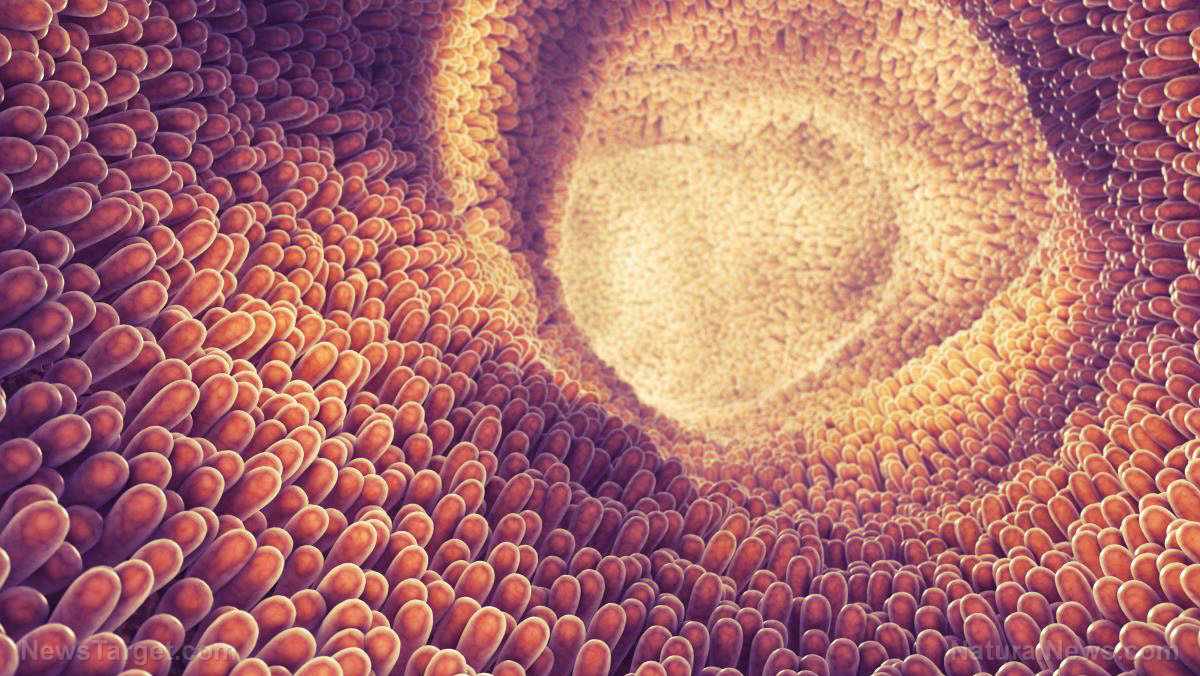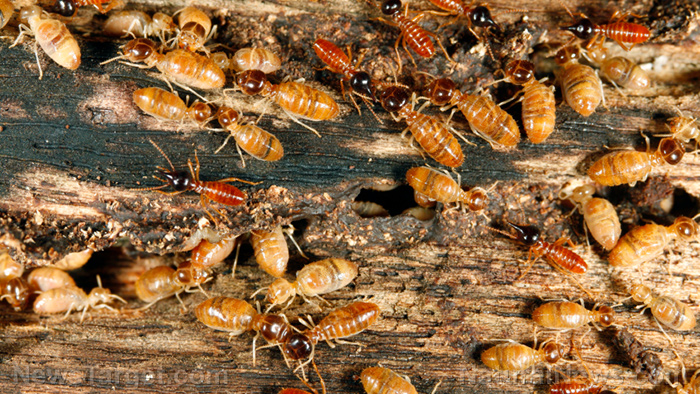It’s time to turn off the lights: Is fluorescent lighting linked to increased inflammation?
10/16/2019 / By Darnel Fernandez

Fluorescent lighting is the most commonly used artificial light source today. This is because it produces much less heat than an incandescent light bulb, making it more efficient. However, new research suggests that fluorescent lighting can bring about unexpected and unwanted consequences at a genetic level.
The study, published in the journal Genes, showed that exposure to fluorescent light can cause inflammation and increased immune response in certain animals.
“Over the past 60 years, we have increasingly relied on artificial light sources that emit much narrower wavelength spectrums than does the sun. Yet, little research has been conducted to determine gene expression consequences, if any, from use of common artificial light sources,” said co-author Christi Walter.
Bright lights, big effects
Researchers from Texas State University and the University of Texas Health found genome-wide changes in the skin, brains, and the liver of fish and mice models. Using zebrafish (Danio rerio), Japanese rice fish (Oryzias latipes), and hairless mice (Mus musculus), the team was able to pinpoint which genes were activated by the wavelengths emitted by fluorescent lighting.
They observed that the skin and brain of the three animals including the liver of both fish all exhibited inflammation and immune response. The mouse liver, however, was able to suppress the reaction.
“In this report, we show genome-wide changes of gene expression patterns in skin, brain, and liver for two commonly utilized fish experimental models (zebrafish and Japanese rice fish, also known as medaka), and a mammalian (mice), following exposure to 4,100 K ‘cool-white’ fluorescent light,” said Walter.
The team noted that the inflammation and immune response was consistent in the skin and brains of all three animals. This is in spite of the animals’ extreme divergence (450 million years) and their drastically different lifestyles (diurnal fish and nocturnal mice). However, the researchers explained that follow-up studies are needed to further define the response in mice.
The results suggested the presence of light-responsive genes in the vertebrate genome.
More than meets the eye
Fluorescent lighting also hosts a variety of other harmful biological and ecological effects.
A study, published in the journal PLOS One, observed that flickering artificial light has detrimental effects on both humans and non-human animals. Researchers from the U.K. noted that one of the most important differences in our contemporary world compared to past environments is the widespread use of artificial light, including fluorescent and LED.
The researchers explained that animals have evolved in stable light levels provided almost exclusively by variation in sunlight, including sunlight reflected by the moon.
The research team claimed that many studies have already discussed the possible implications and effects of artificial lights. These lights have been found to affect animal behavior, mortality, and reproduction. However, the team was quick to note that a lot of these studies overlooked one of artificial light’s important features: flickering.
There have been documented health effects of flickering, including headaches and certain neurological symptoms. Researchers found that flickering can produce symptoms in humans even when it cannot be perceived. This effect can also happen in many other mammals, crustaceans, reptiles, and fish.
More lamps today are being replaced with fluorescent and LED lights. It is important to understand the dangers this may cause to your health.
Sources include:
Tagged Under: artificial lighting, artificial lights, badtech, flickering, fluorescent lights, headaches, immune response, immune system, inflammation, LED lights, new science report, research, science, scientific
RECENT NEWS & ARTICLES
NewScienceReport.com is a fact-based public education website published by New Science Report Features, LLC.
All content copyright © 2018 by New Science Report Features, LLC.
Contact Us with Tips or Corrections
All trademarks, registered trademarks and servicemarks mentioned on this site are the property of their respective owners.



















